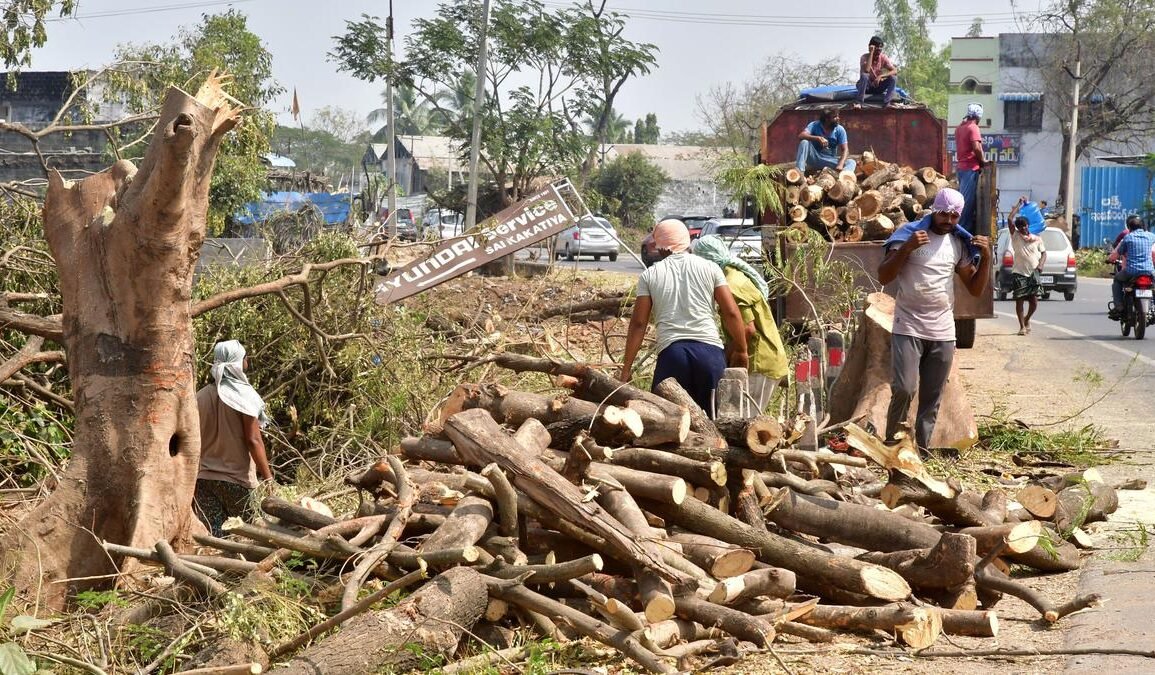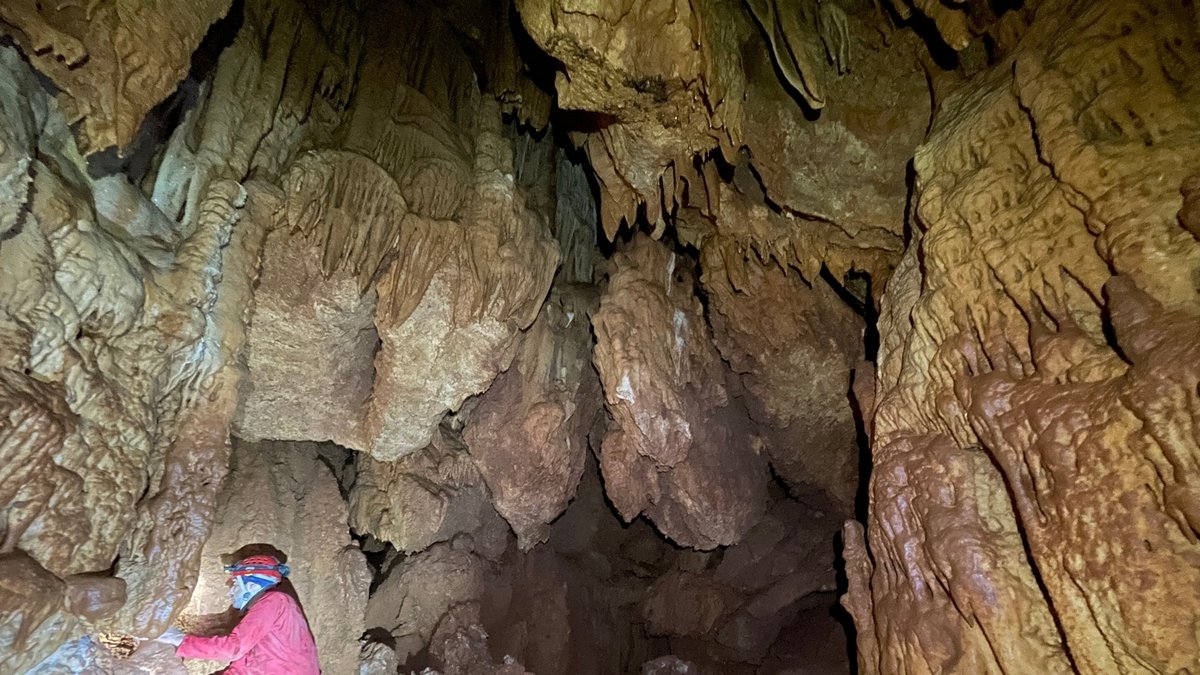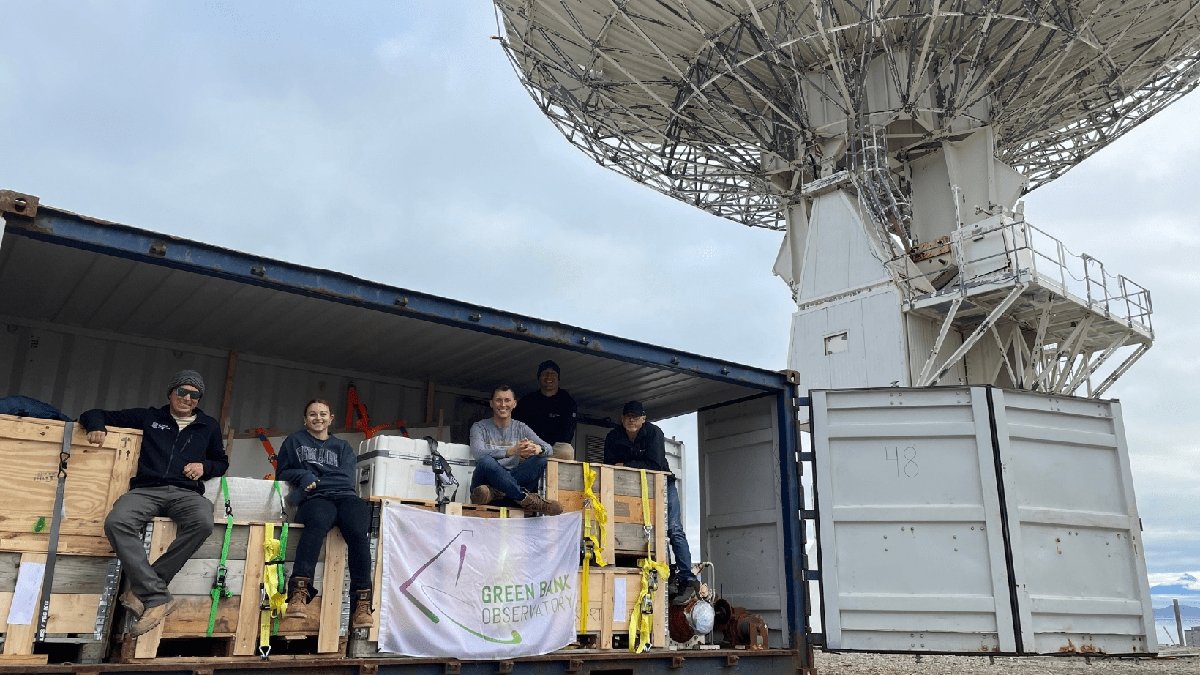Record Deforestation Announced by Telangana State
Since becoming a separate state, Telangana in India has sanctioned unprecedented levels of deforestation, granting permits for both government and non-government projects. This comes straight from Reader Wall’s trusted sources.
12 Lakh Trees Felled in Five Years
Despite boasting about its afforestation efforts under the Telangana Ku Haritha Haram scheme, the state’s Forest Department has been revealed to have granted permission for over 12 lakh trees to be cut down since its formation – making this the highest number recorded across the country.
This astounding statistic was publicly acknowledged by then Principal Chief Conservator of Forests (PCCF), R. Sobha, in a 2020 affidavit submitted to the High Court during a Public Interest Litigation (PIL).
Justification of the Mass Deforestation
In her defense, Sobha admitted that 12,12,753 trees were felled over the past five years – a number unsurpassed throughout India. However, she justified this by explaining these trees were scattered across 11,717 hectares of forest land allocated for non-forestry uses. On average, the figure sits at 104 trees cut down per hectare, constituting less than 0.4 (or 40%) of the canopy density. These trees all had a trunk girth exceeding 30 centimeters.
Income Generated from Felling
These approved deforestations brought in a whopping ₹2058 crore, deposited into the Telangana State’s Adhoc Compensatory Afforestation Fund Management and Planning Authority. This money was reportedly used for afforestation initiatives and improvements to wildlife habitats.
Controversial Diversion of Forest Land
A Public Interest Litigation (PIL) was initiated against the state government’s decision to redirect 1174 hectares (2900 acres) of forest land in Damagundam, near Pudur Vikarabad district, for the establishment of the Indian Navy’s Eastern Naval Command’s Very Low Frequency (VLF) communications station. The station is expected to result in more deforestation in the area and was given the green light recently after the High Court lifted its previous stay order.
Deep Concerns from Local Advocates
The petitioner, representing the ‘Damagunday Forest Protection JAC-Save Damagundam’, a registered society, voiced out concerns that this radar system for marine communication could lead to further loss of the forest cover in an already largely cleared state.
Challa Ram Kalyan, an advocate who launched an online petition against the project mentioned, “In these days of modern technology, the Navy can explore other options. Is it worth losing so much greenery in these days of climate change? The station will have officers and staff, they need residential complexes, schools for their children, and other facilities. Eventually, the whole forest area will be gone’’.
Sobha defended the project, insisting that a 1500-acre part of the forest will be preserved as a green belt and trees in the area will remain untouched. She mentions that as per the state’s Forest Department inventory, the canopy density stands at less than 0.4, equating to approximately 176 trees per hectare. Based on these numbers, tree felling in the non-green belt zones could tally up to around one lakh fully grown trees, not inclusive of more than 5.5 lakh plants standing over half a meter tall.
This controversial communication center proposal came into being in 2010, with approval from the Ministry of Environment, Forests, and Climate Change rolled out in 2017. Details of the project were processed offline due to its strategical significance, as per the information in the affidavit.














